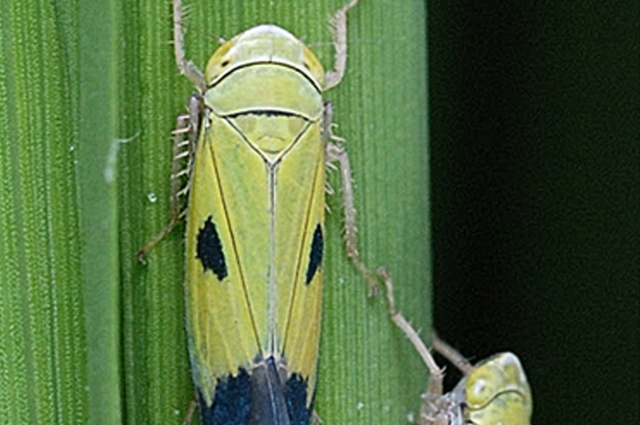The Philippines
February 18, 2016

Scientists at the Philippine Rice Research Institute (PhilRice) have adapted a simplified method to detect viruses in plant and insect vectors using the loop-mediated isothermal amplification (LAMP) technique.
LAMP assay has been proven useful in detecting viruses in animals and humans, said Dr. Emmanuel Tiongco. His team, composed of Dr. Xuan Hoai Truong, Ms. Ma. Johna Duque, and Dr. Rubigilda Paraguison-Alili (Central Luzon State University), extended the application of this method to rice viruses in the Philippines.
The method enables detection of the rice tungro bacilliform virus (RTBV) in plants even before common symptoms become noticeable.
“Through this application, major rice virus diseases and insect vectors can be diagnosed in a fast, efficient, and accurate method,” Dr. Tiongco said.
Using the method, RTBV can be detected 1 day after infection. The widely used enzyme-linked immunosorbent assay (ELISA) detects RTBV 3 days after infection.
Additionally, Dr. Tiongco said that LAMP assay detects the rice ragged stunt virus (RRSV) and the rice dwarf virus (RDV) not only in rice plants but also in their respective brown planthopper and green leafhopper vectors. This way, the impending virus spread is known even before rice crop establishment.
Existing virus detection tools, Dr. Tiongco commented, have difficulties in detecting viruses that are of low titer (strength of a substance’s solution) aside from being arduous and time consuming.
Easy to follow procedures, cheaper equipment required, high level of specificity, and simple result determination by merely looking at the change in color of the test solution are among the advantages of the newly developed method.
Dr. Tiongco and his team have conducted training programs for agricultural technicians, rice researchers, and extension workers about this new method at the PhilRice Central Experiment Station in Nueva Ecija and its stations in Isabela, Negros, and Midsayap.
This early virus detection tool, said Dr. Tiongco, is useful for pest control officers. The reliable and prompt results it provides can lead to proactive solutions, and hence, prevent viral disease epidemic.